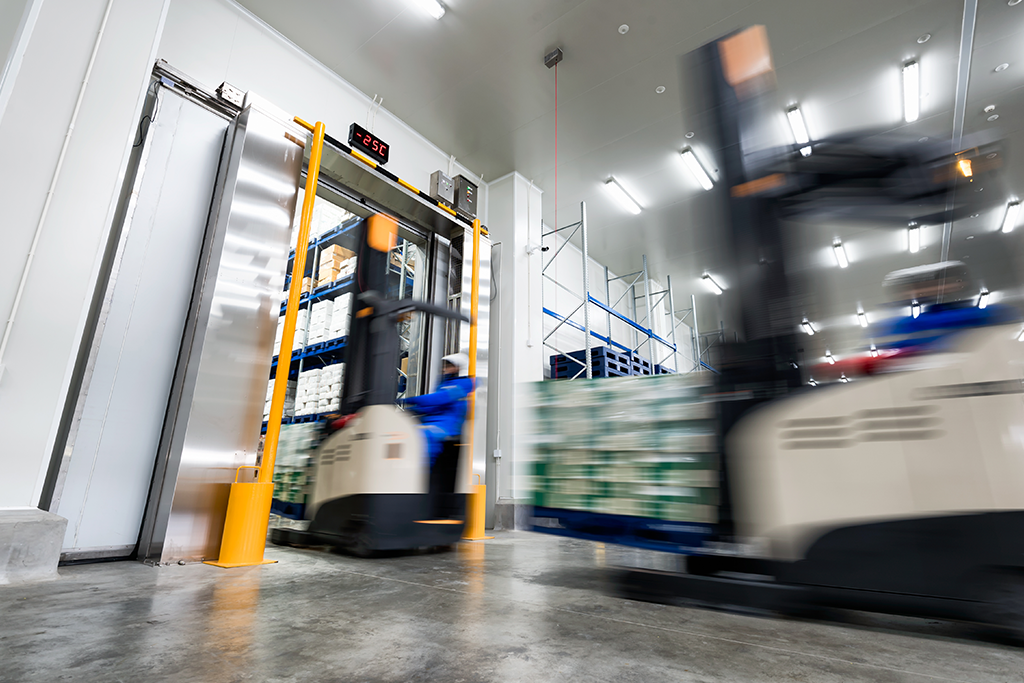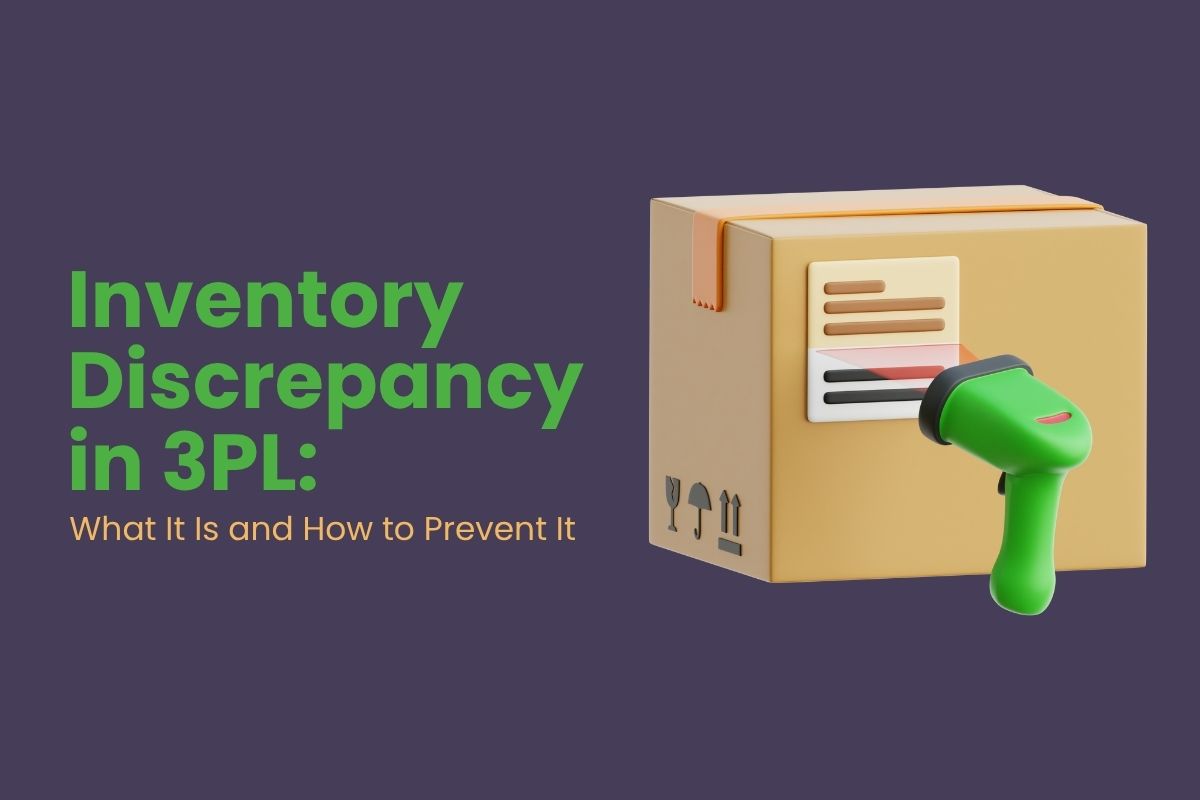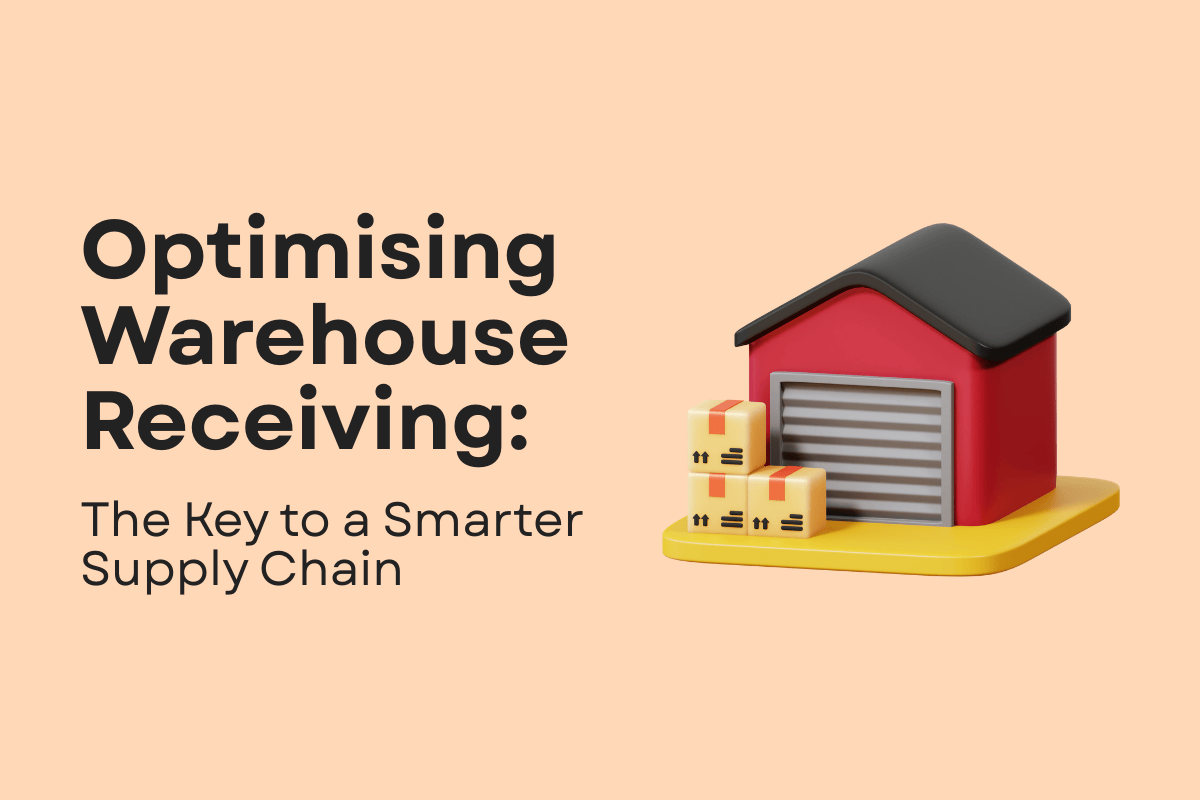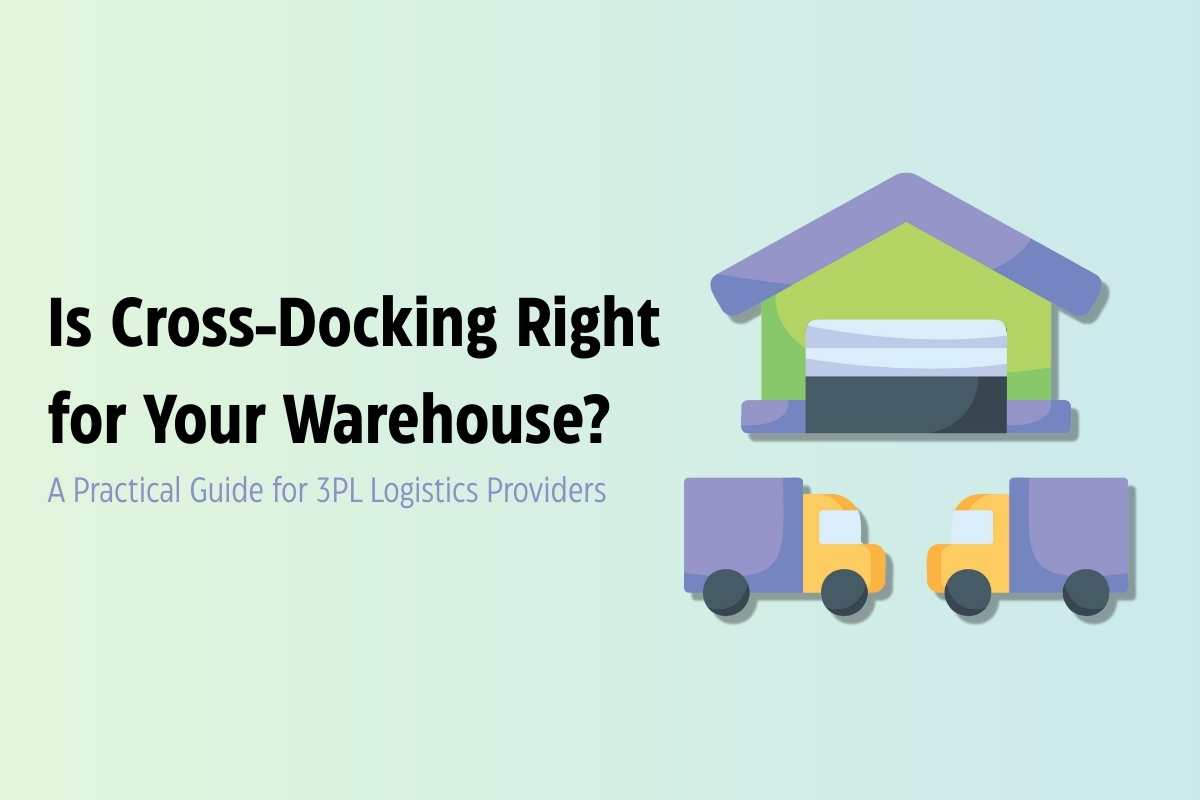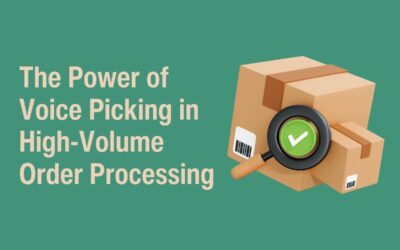There has certainly been an increase in the need for cold storage solutions in recent years and facilities and systems have become increasingly sophisticated over that time. The ability to track food from farm to supermarket, for example, has never been so accurate.
Cold storage warehouses play a critical role in the distribution of temperature-sensitive goods across the UK and even around the world.
Whether that’s storing food products or other perishables such as pharmaceuticals, chemicals and materials, optimising conditions for a wide range of different customers, all with different needs, is likely to be a critical factor in the daily management of your facility.
A cold storage warehouse will often have several different compartments that need to be maintained at different temperatures. These not only store goods horizontally but vertically too as every inch of space is maximised.
Ensuring that staff are properly trained can, for example, reduce heat loss and other problems from doors being left over while goods are being moved in or out.
Here are our 5 tips for optimising your cold storage warehouse.
1. Introducing Automation
Most critical processes that are handled by humans can be subject to some kind of wastage, whether that’s losing heat or not storing goods and other products most efficiently.
Automated storage and retrieval systems are becoming increasingly popular in many larger warehouses, and they can reduce wastage and potentially lower labour costs going forward.
How much automation is introduced into your business should be something that is constantly reviewed. While the initial outlay for robotic systems can be significant, the long-term savings can be much bigger over time.
2. Reducing Heat Loss
One of the biggest costs to cold storage warehouse businesses is heat loss. With the rising price of utility bills and little in the way of sustained help coming from the Government, enterprises need to do all they can to make sure units are operating at high efficiency.
That may mean reviewing your current levels of insulation and how improving in some areas can lower operating costs and boost revenue. Looking at the efficiency of refrigeration units is also essential.
3. Maintaining Temperatures
If you are storing different types of food products such as vegetables, meat or milk, then you will require storage to be at a range of different temperatures.
Modular insulated wall systems are used in cold storage warehouses to help create these compartments. It’s worth, as with heat loss, checking how efficient these are as well as the space you have for different products (both horizontally and vertically) so that you can maximise storage across the board.
4. Equipment that Works at Lower Temperatures
Another factor to bear in mind when trying to optimise your cold storage warehouse is how well your equipment, everything from scanners to forklifts, works in lower temperatures. In many cases, you will require modified equipment – for example, touch screens that are more sensitive because employees will be wearing thick gloves. Forklifts working in colder conditions may require more regular maintenance to prevent problems from occurring, especially those that are battery-operated or dependent.
5. Optimise with a Cold Storage Warehouse Management System
A cold storage warehouse management system that is tailored to your needs is another critical area to explore when looking to optimise your operation. This needs to work with every stage of your business from taking orders and building relationships with clients to managing stock rotation and optimising temperature controls.
A good cold storage warehouse management system is the glue that holds your enterprise together and it’s worth auditing its performance to see whether updating can add to productivity and improve your daily operational processes.

